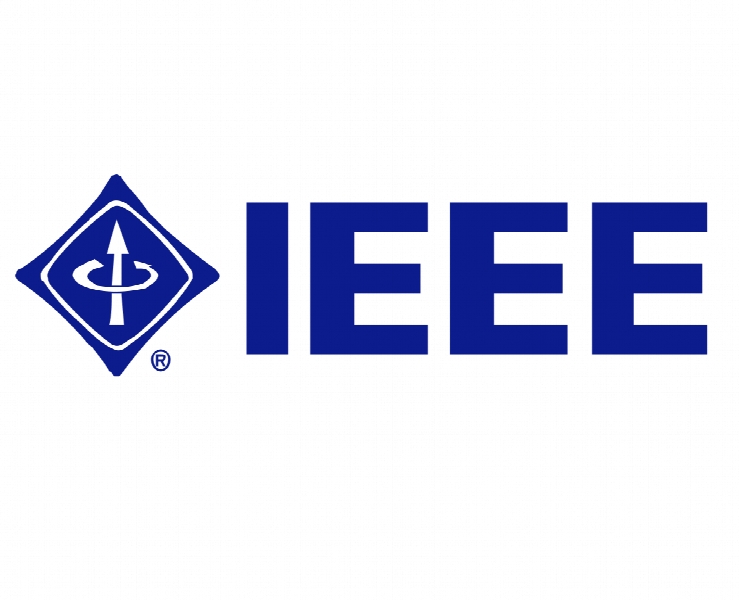چارچوب مدیریت شناختی برای محاسبات مه در مطالعه موردی IOT Cognitive Management Framework for Fog Computing In IOT Case Study: Traffic Control System
- نوع فایل : کتاب
- زبان : انگلیسی
- ناشر : IEEE
- چاپ و سال / کشور: 2018
توضیحات
رشته های مرتبط مهندسی فناوری اطلاعات
گرایش های مرتبط شبکه های کامپیوتری و اینترنت و شبکه های گسترده
مجله هشتمین کنفرانس بین المللی فناوری اطلاعات – 8th International Conference on Information Technology
دانشگاه Department of Computer Science. Arab Academy for Science – Egypt
منتشر شده در نشریه IEEE
کلمات کلیدی IOT شناختی، محاسبات مه پردازش ابری، مولفه سیستم کنترل ترافیک
گرایش های مرتبط شبکه های کامپیوتری و اینترنت و شبکه های گسترده
مجله هشتمین کنفرانس بین المللی فناوری اطلاعات – 8th International Conference on Information Technology
دانشگاه Department of Computer Science. Arab Academy for Science – Egypt
منتشر شده در نشریه IEEE
کلمات کلیدی IOT شناختی، محاسبات مه پردازش ابری، مولفه سیستم کنترل ترافیک
Description
I. INTRODUCTION The first question needed to be answered, Is there any assessment of the suitability of Fog Computing in the context of Internet of Things? After research results show that as the number of applications demanding real-time service increases, the Fog Computing paradigm outperforms traditional Cloud Computing. However, it is mention worthy that for an environment with less percentage of applications demanding for low-latency services, Fog Computing is observed to be an overhead compared to the traditional Cloud Computing. Therefore, researches show that in the context of IOT, with high number of latency-sensitive applications Fog Computing outperforms Cloud Computing. To maximize the number of function that can be carried out in the Fog there is a need for a cognitive management framework for Fog resources capable of adopting it’s behavior in a context-aware fashion. The main objective of this research is to Combine the capabilities of Fog Computing, Cognitive and Context-Aware IOT to build a cognitive management framework for Fog Computing capable of adopting it’s behavior in a context-aware fashion to maximize the number of functions that can be carried out in The Fog and to provide a solution for determining which functions should be carried out in the Fog and which should be carried out in the cloud and how the Fog should interact with the Cloud, The same function in some situations can be carried out in the fog while in other situations can be carried out in the cloud according to its context. So, The Fog architectures should allow computing, storage, networking …etc. tasks to be dynamically relocated among the Fog, the Cloud, the Things and between the fog Instances in the Fog taking in consideration the limited processing and storage capabilities of the fog instances and how to well utilize these resources. The Fog architectures should consider the decentralized dependent data distributed across multiple dynamic fog instances for real time and low latency services. The framework will face a lot of challenges and limitations: i. Performance; the system must respond in a real-time fashion to support large number of devices, sensors and applications with low latency and real-time services. ii. Accuracy; the system should consider the decentralized nature of Fog Computing to be able take accurate decisions specially while serving a single heavy request in a parallel fashion through multiple fog instances. iii. The system must handle the dynamic and mobile nature of the Fog Computing. iv. The low processing power and low storage capabilities of the fog instances must be well utilized. v. Where and when to execute the cognitive tasks of the system without affecting the system’s performance. The main objectives of this research to, minimize these challenges and limitations and maximize the throughputs. The implementation of this framework will apply for a Car accident scenario as shown in fig. (2).


